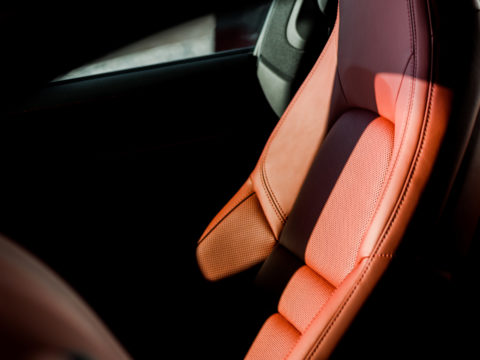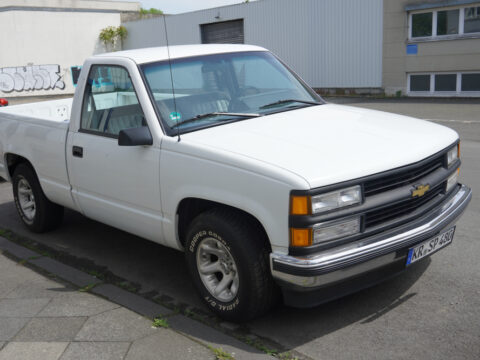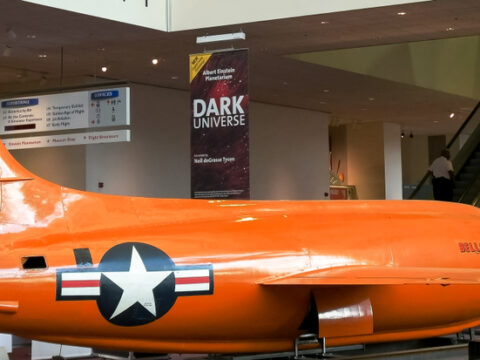The skies of history are filled with legendary military aircraft that played crucial roles in their time. However, many of these iconic warplanes have become rare sights, often hidden away in museums or private collections. In this article, we’ll explore 20 historic military aircraft that are rarely seen today, highlighting their significance and the stories that make them unforgettable relics of aviation history.
Contents
North American P-51 Mustang
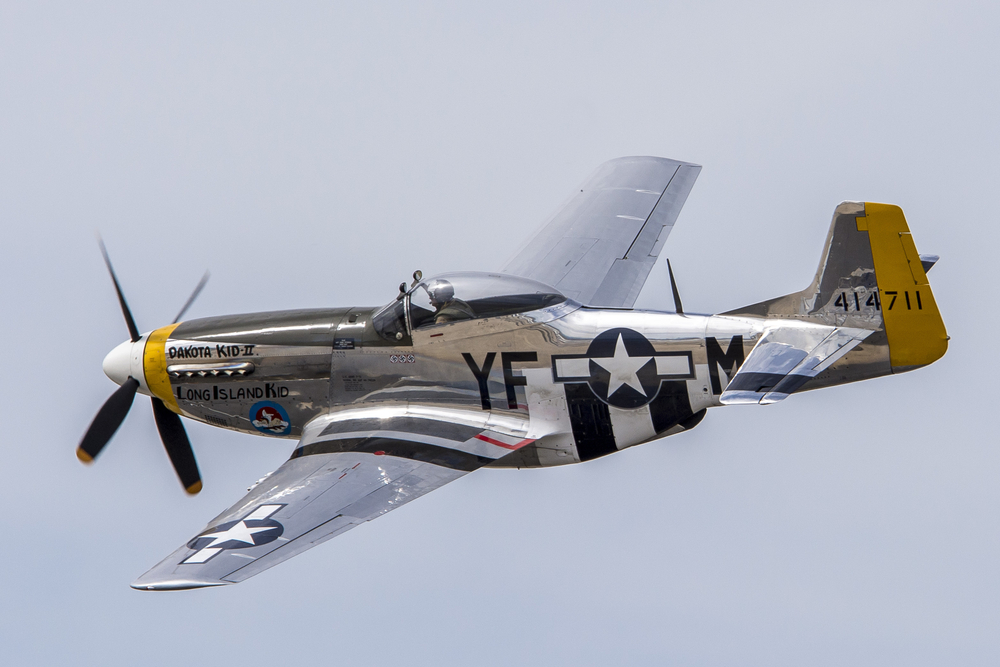
The P-51 Mustang is one of the most iconic fighter planes of World War II. Renowned for its speed, range, and agility, it was pivotal in achieving air superiority in Europe. With its powerful Rolls-Royce Merlin engine, it could reach speeds of up to 437 mph and had a range of 1,650 miles, making it ideal for long-range escort missions. Today, only a few of these remarkable aircraft remain airworthy, making sightings rare and treasured.
Supermarine Spitfire
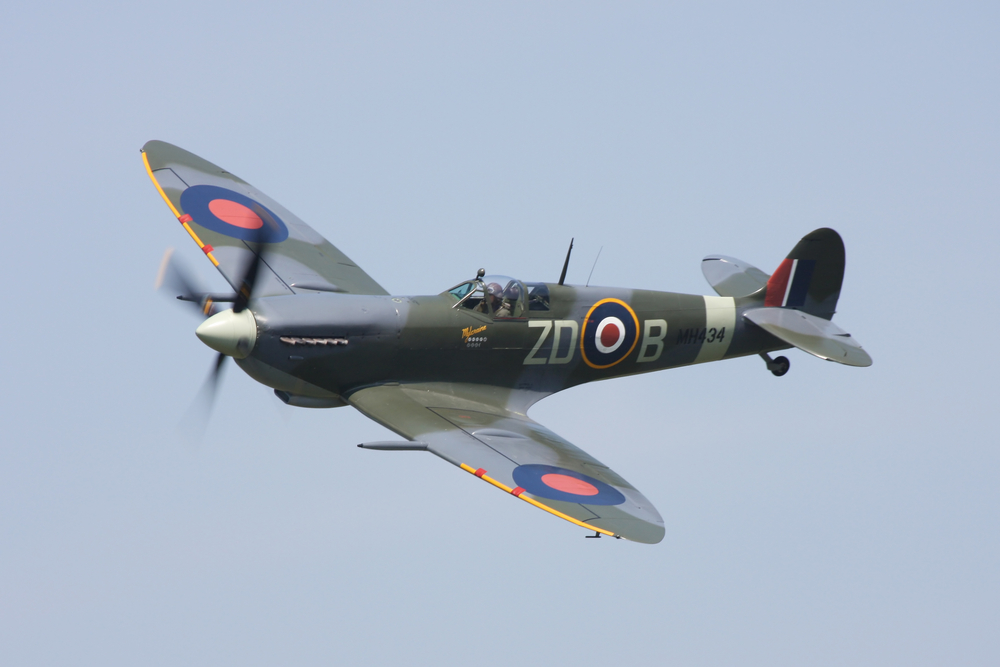
The Supermarine Spitfire played a crucial role in the Battle of Britain, becoming a symbol of British resilience. Known for its elliptical wings and powerful Rolls-Royce Merlin engine, it excelled in dogfights with a top speed of 369 mph. The Spitfire’s exceptional performance and agility made it a formidable opponent. Preserved examples are rare and usually found in museums or private collections, making public appearances uncommon.
Boeing B-17 Flying Fortress
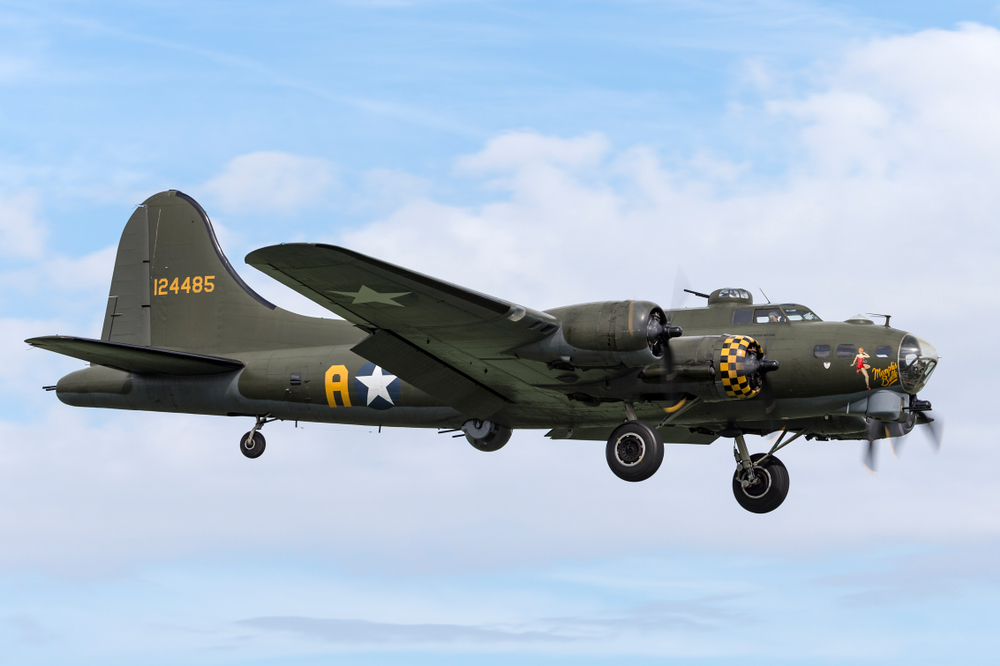
The B-17 Flying Fortress was a legendary bomber used by the United States during World War II. It earned its reputation for durability and defensive firepower, often returning home despite heavy damage. With a wingspan of 103 feet and a range of 2,000 miles, the B-17 could carry a substantial bomb load deep into enemy territory. Surviving B-17s are rare, and even fewer are airworthy, making any sighting a significant event.
Messerschmitt Bf 109
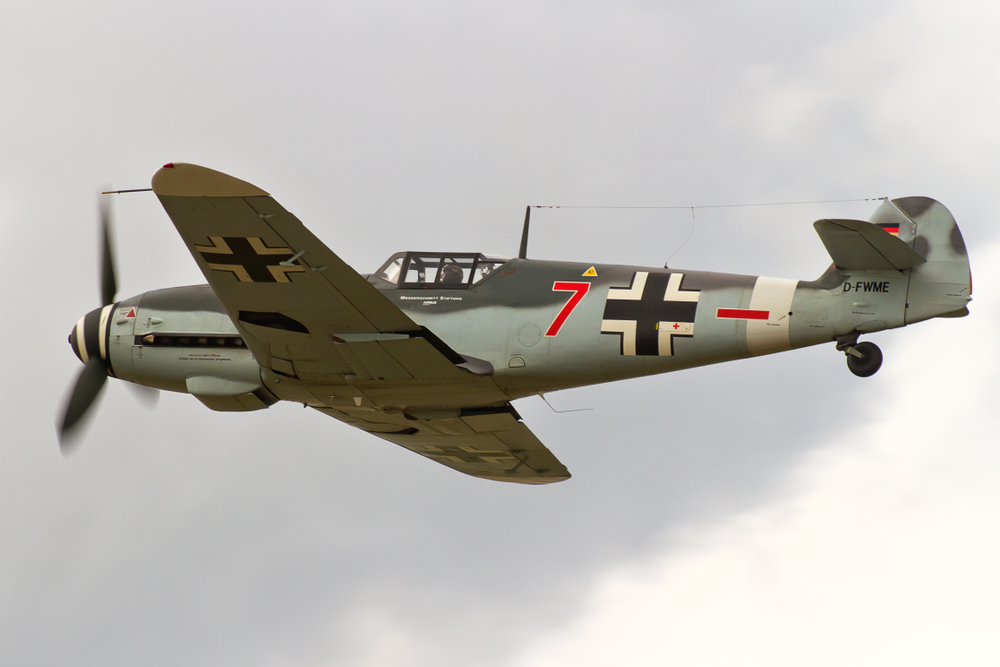
The Messerschmitt Bf 109 was the backbone of the Luftwaffe’s fighter force during World War II. Its sleek design and powerful Daimler-Benz engine allowed it to reach speeds of up to 398 mph. Known for its versatility, it served in various roles, from interceptor to bomber escort. Few Bf 109s have survived the war and subsequent decades, making them rare and highly sought after by aviation enthusiasts and historians.
Grumman F6F Hellcat
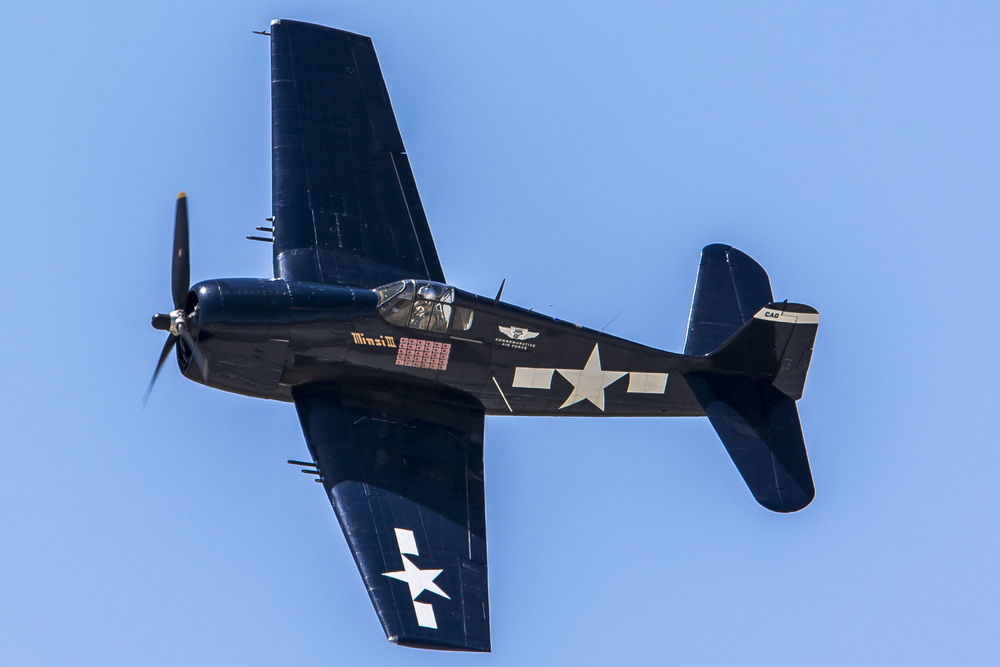
The F6F Hellcat was a dominant carrier-based fighter in the Pacific Theater, contributing significantly to the U.S. Navy’s success. Its rugged design, powered by a Pratt & Whitney R-2800 engine, allowed it to withstand significant damage while achieving a top speed of 391 mph. Known for its high kill-to-loss ratio, the Hellcat played a crucial role in securing air superiority. Today, surviving Hellcats are few, with most residing in museums.
Mitsubishi A6M Zero
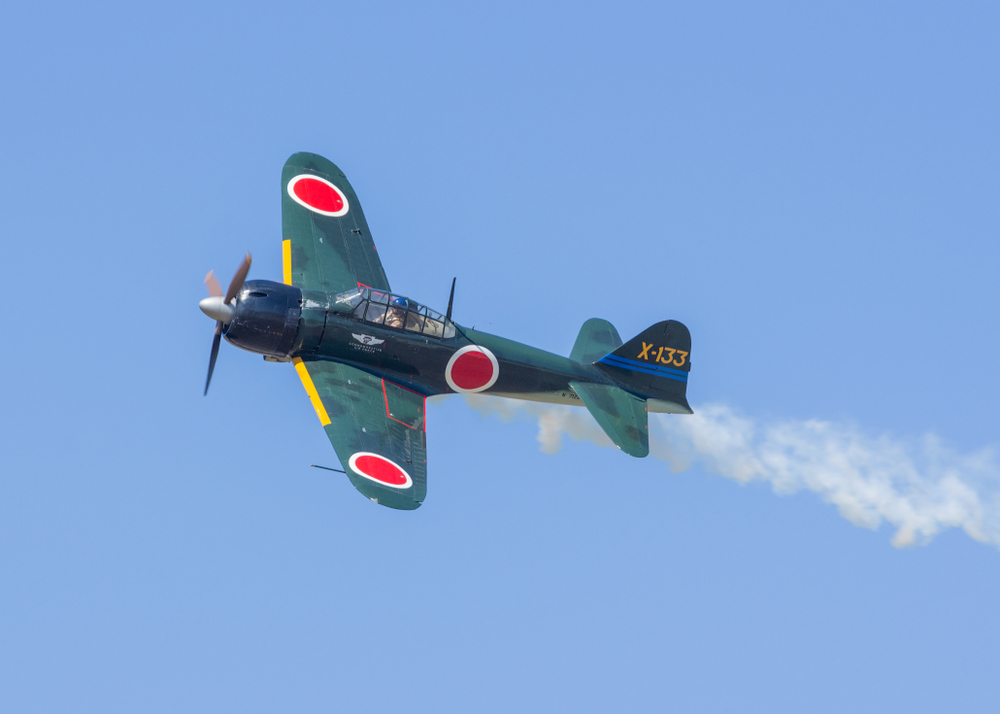
The Mitsubishi A6M Zero was a formidable fighter of the Japanese Navy, known for its agility and long range. With a top speed of 331 mph and exceptional maneuverability, it dominated early in the Pacific War. However, its lack of armor made it vulnerable as the war progressed. Few Zeros survived the conflict, and airworthy examples are exceedingly rare, making them a prized sight for aviation enthusiasts.
Douglas SBD Dauntless
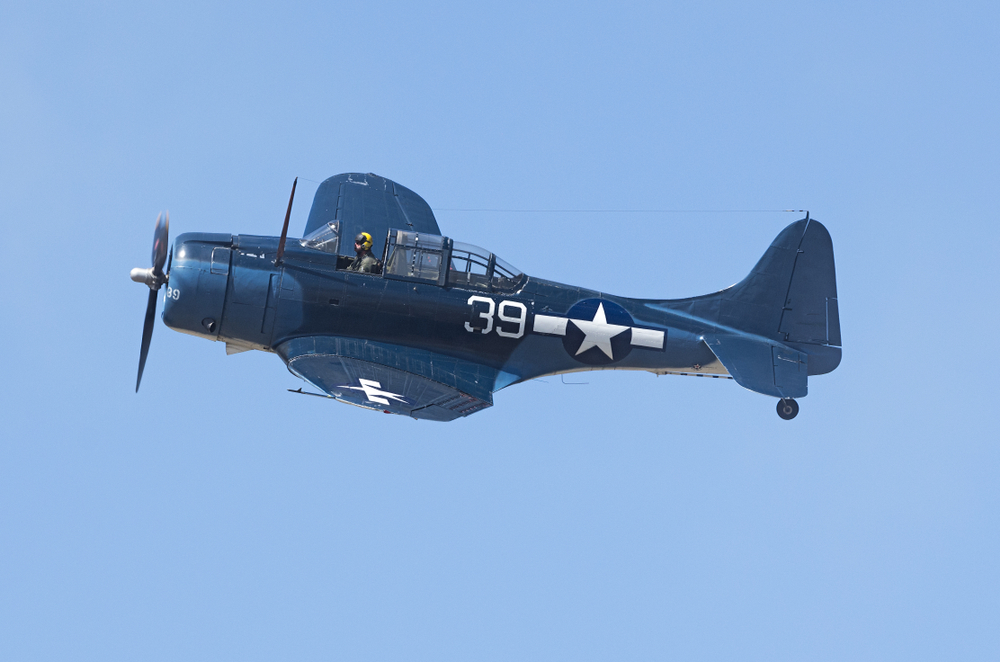
The SBD Dauntless was a key dive bomber for the U.S. Navy, most famous for its role in the Battle of Midway. Its rugged design and accuracy in dive-bombing made it a formidable weapon against Japanese carriers. With a top speed of 255 mph and a range of 1,115 miles, it was highly effective in its role. Today, operational Dauntless aircraft are rare, with most examples preserved in museums.
Lockheed P-38 Lightning
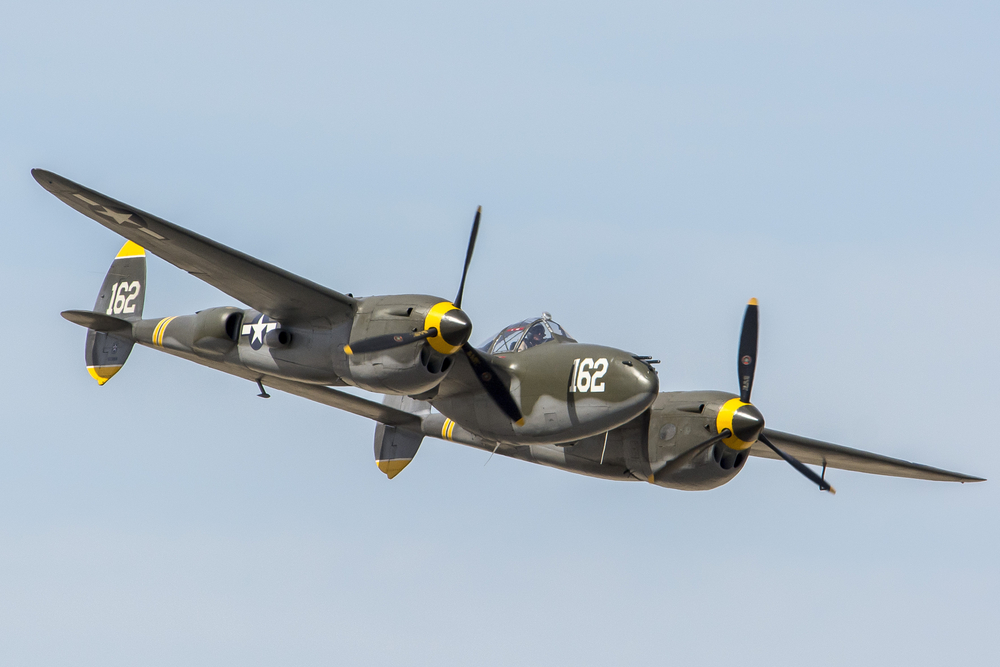
The P-38 Lightning was a distinctive twin-boom fighter used extensively in the Pacific and European theaters. Known for its versatility, it served in roles ranging from interceptor to reconnaissance. Its powerful turbo-supercharged engines allowed it to reach speeds of up to 414 mph. The P-38’s unique design and performance make surviving examples rare and highly valued by collectors and museums.
Consolidated B-24 Liberator
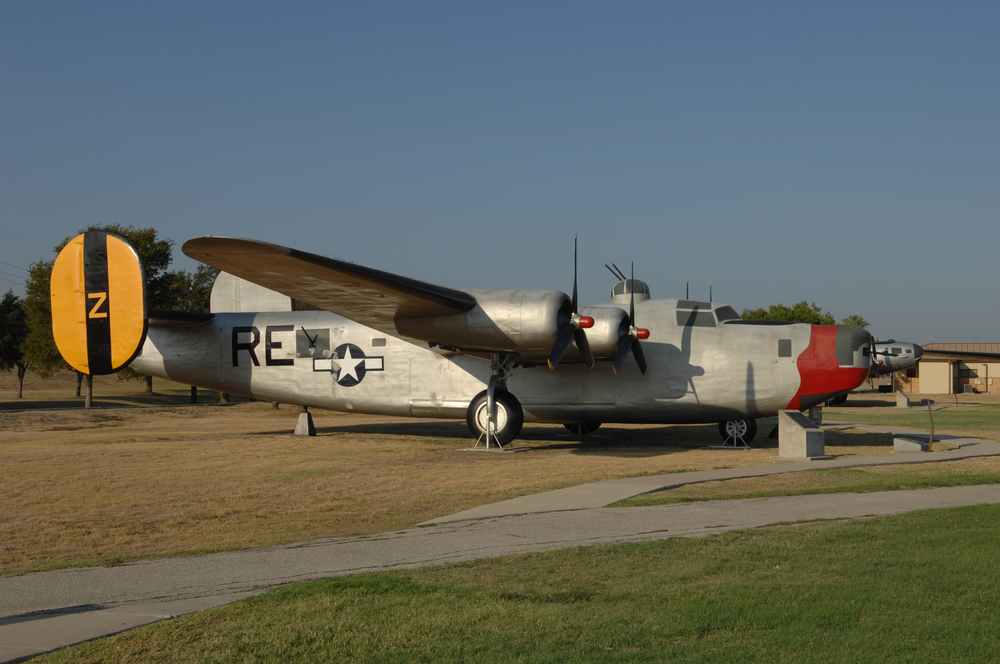
The B-24 Liberator was a heavy bomber used by Allied forces, known for its long range and heavy payload. With a wingspan of 110 feet and a range of 2,850 miles, it was essential for strategic bombing campaigns. Despite being produced in large numbers, few B-24s remain airworthy today, making sightings a rare treat for aviation enthusiasts.
Hawker Hurricane
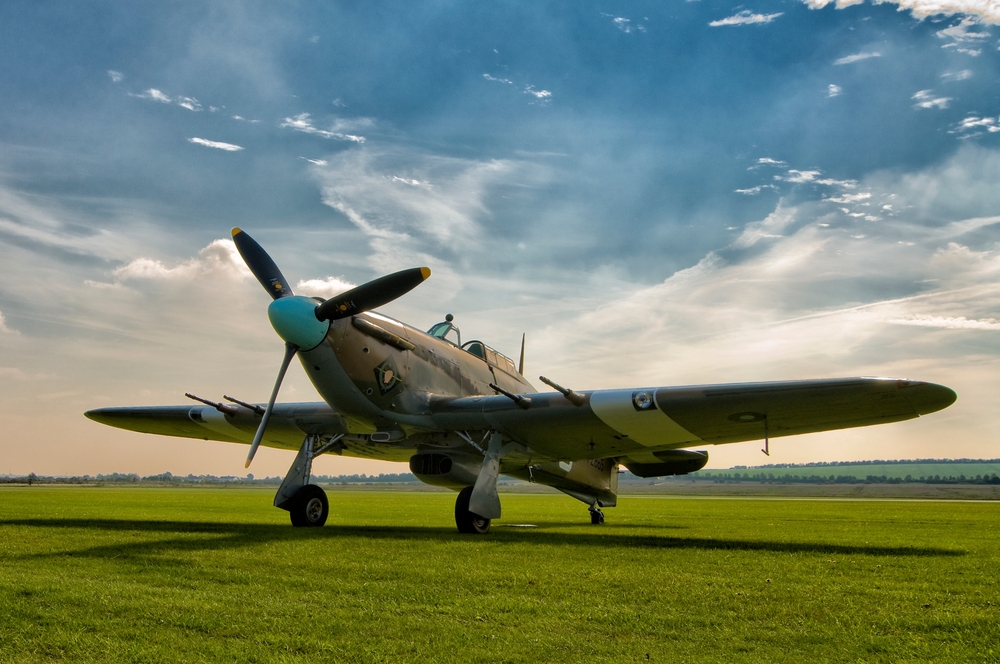
The Hawker Hurricane was a workhorse of the Royal Air Force during the Battle of Britain, accounting for 60% of the RAF’s air victories. Its robust construction and reliable Rolls-Royce Merlin engine made it effective against both air and ground targets. With a top speed of 340 mph, it was slightly slower than the Spitfire but more numerous. Today, operational Hurricanes are rare, often overshadowed by their more famous counterparts.
Junkers Ju 87 Stuka
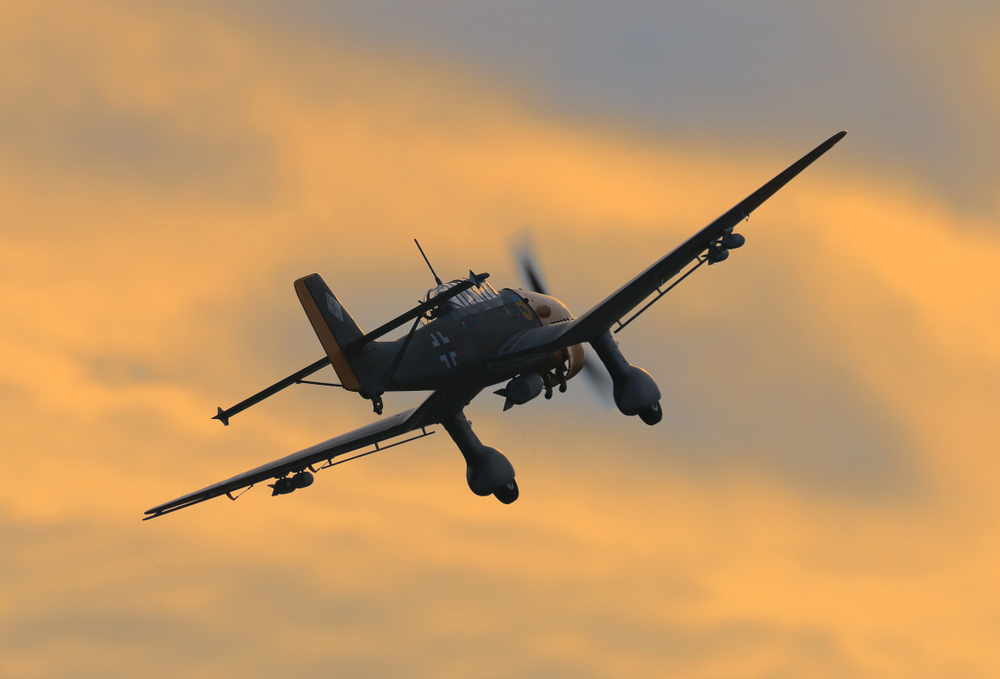
The Ju 87 Stuka was a German dive bomber known for its terrifying accuracy and the distinctive wailing siren, known as the “Jericho Trumpet.” Its inverted gull wings and fixed undercarriage made it easily recognizable. Despite its early war success, it became vulnerable to Allied fighters later in the war. Few Stukas survived the conflict, making them a rare sight today.
North American B-25 Mitchell
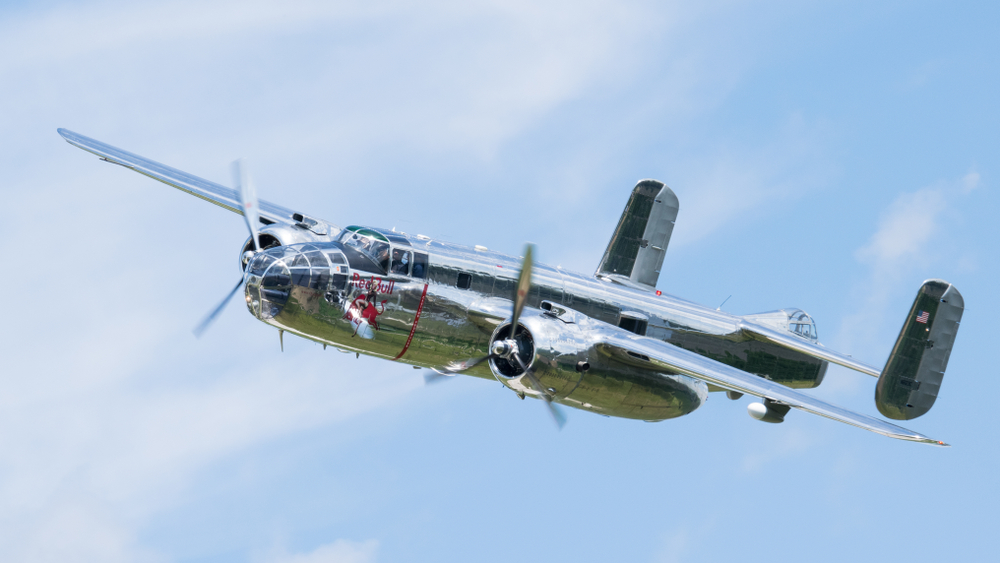
The B-25 Mitchell was a versatile medium bomber used in various roles, including the famous Doolittle Raid on Tokyo. Its twin-engine design provided a balance of speed and payload capacity, with a range of 1,350 miles and a top speed of 272 mph. Despite its significant production numbers, surviving B-25s are rare, particularly those in flying condition.
Vought F4U Corsair

The F4U Corsair was a carrier-capable fighter known for its distinctive inverted gull wing and powerful Pratt & Whitney R-2800 engine. It excelled in both air-to-air combat and ground attack roles, achieving a top speed of 446 mph. The Corsair’s durability and performance made it a favorite among pilots. Today, airworthy Corsairs are rare, often seen only at airshows or in museums.
Heinkel He 111
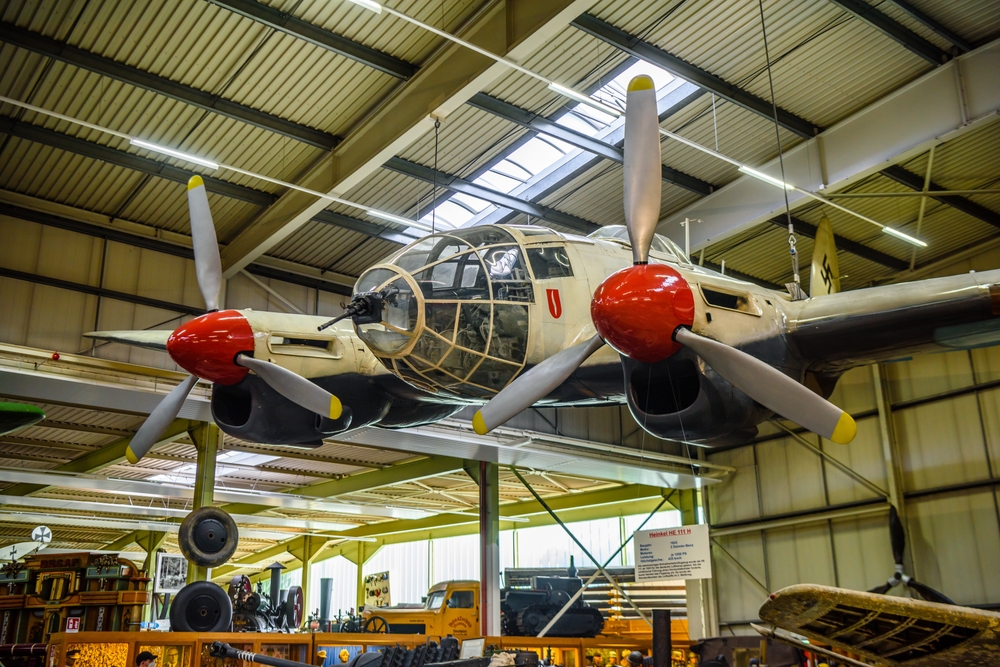
The Heinkel He 111 was a mainstay of the German Luftwaffe’s bomber fleet during World War II. Its distinctive glass nose and twin-engine design allowed it to serve in various roles. With a top speed of 273 mph and a range of 1,420 miles, it was versatile but became vulnerable as Allied air defenses improved. Few He 111s survived the war, making preserved examples rare.
de Havilland Mosquito
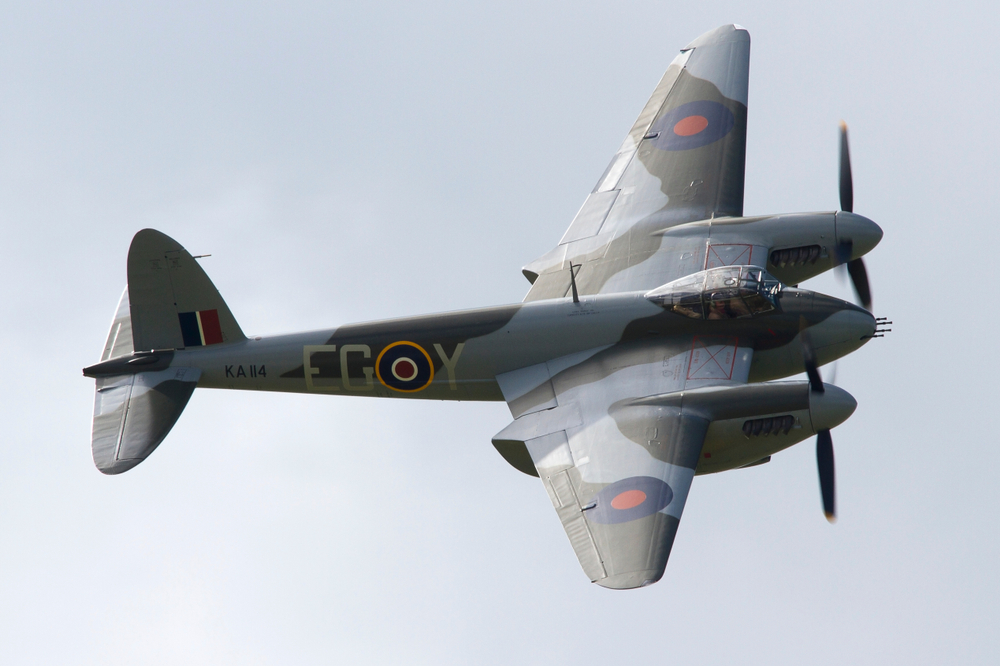
The de Havilland Mosquito, known as the “Wooden Wonder,” was a multi-role aircraft made primarily of wood, giving it a lightweight and high-speed advantage. It served as a bomber, fighter, and reconnaissance plane, with a top speed of 415 mph. The Mosquito’s versatility and advanced design make surviving examples rare and highly valued by aviation historians.
Republic P-47 Thunderbolt
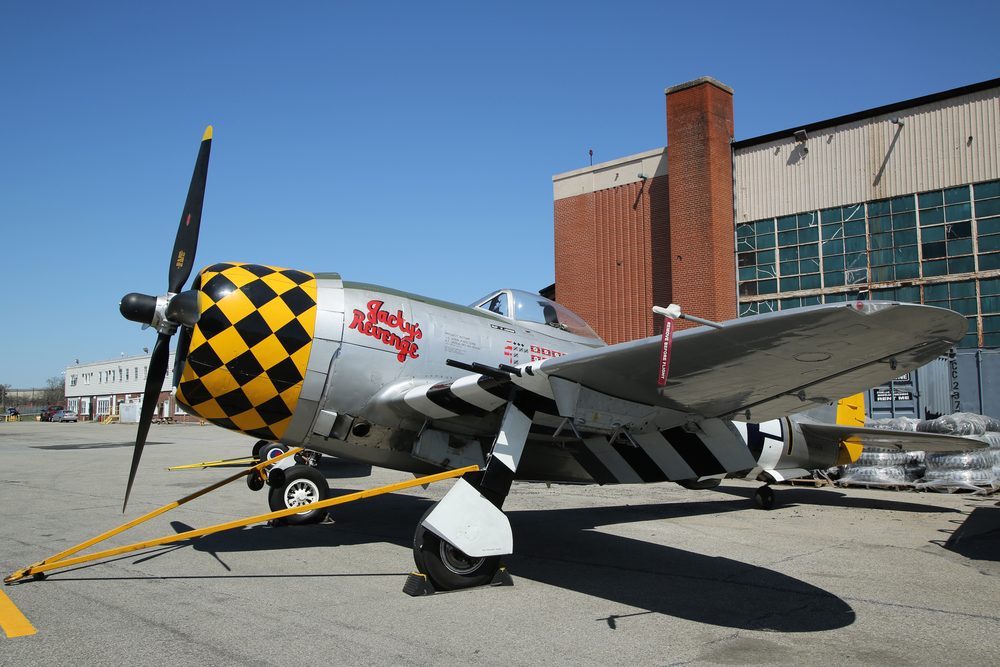
The P-47 Thunderbolt, nicknamed the “Jug,” was one of the heaviest and most durable fighter planes of World War II. Its robust design, powered by a Pratt & Whitney R-2800 engine, allowed it to achieve speeds of 433 mph and excel in ground-attack roles. Despite its production numbers, airworthy P-47s are few, with most found in museums or private collections.
Avro Lancaster
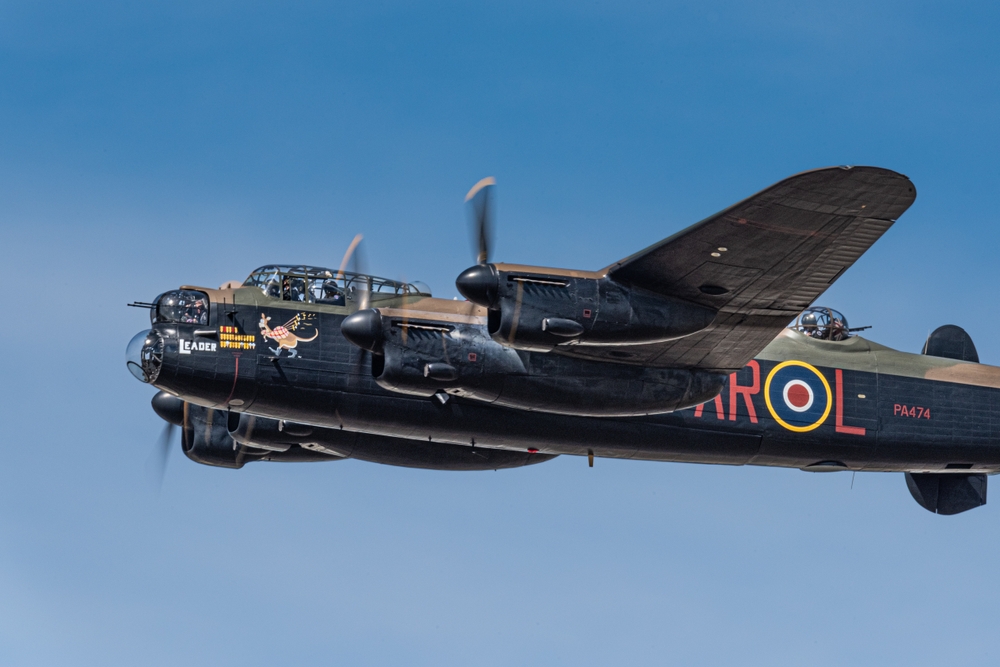
The Avro Lancaster was a British heavy bomber famous for its role in the “Dambusters” raid and strategic bombing campaigns over Germany. Its four Rolls-Royce Merlin engines allowed it to carry large bomb loads over long distances. With a wingspan of 102 feet and a range of 2,530 miles, the Lancaster was a formidable weapon. Today, only a few remain airworthy, making public appearances rare and significant.
Nakajima Ki-43 Oscar
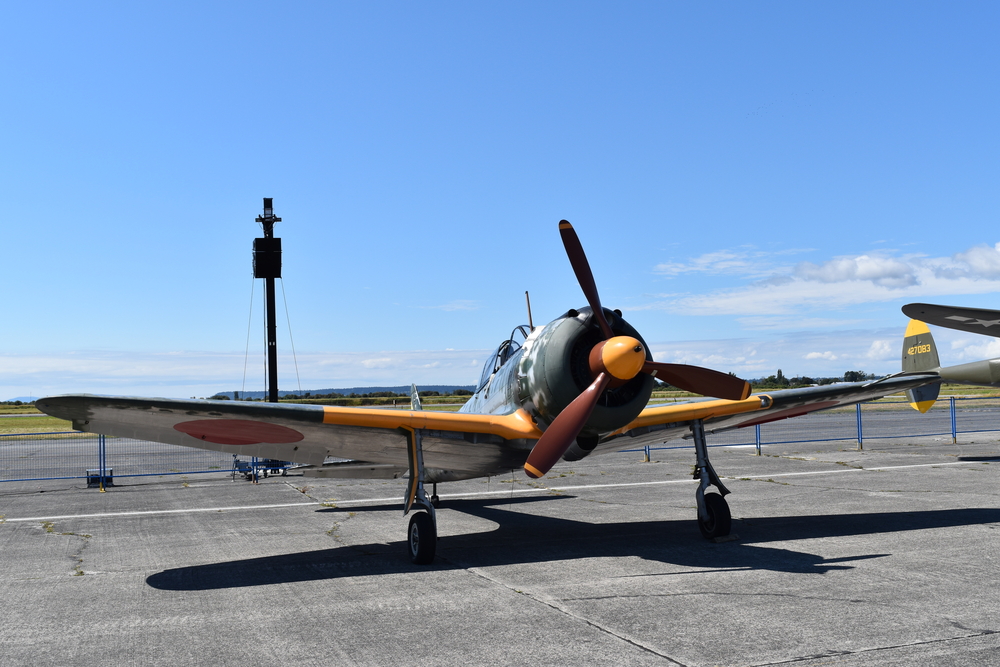
The Nakajima Ki-43 Oscar was a lightweight, highly maneuverable Japanese fighter known for its agility. Despite its light armament and lack of armor, it was a formidable opponent in dogfights. With a top speed of 329 mph, it was highly effective early in the war. Surviving examples are exceedingly rare, often found only in museums or private collections.
Yakovlev Yak-9
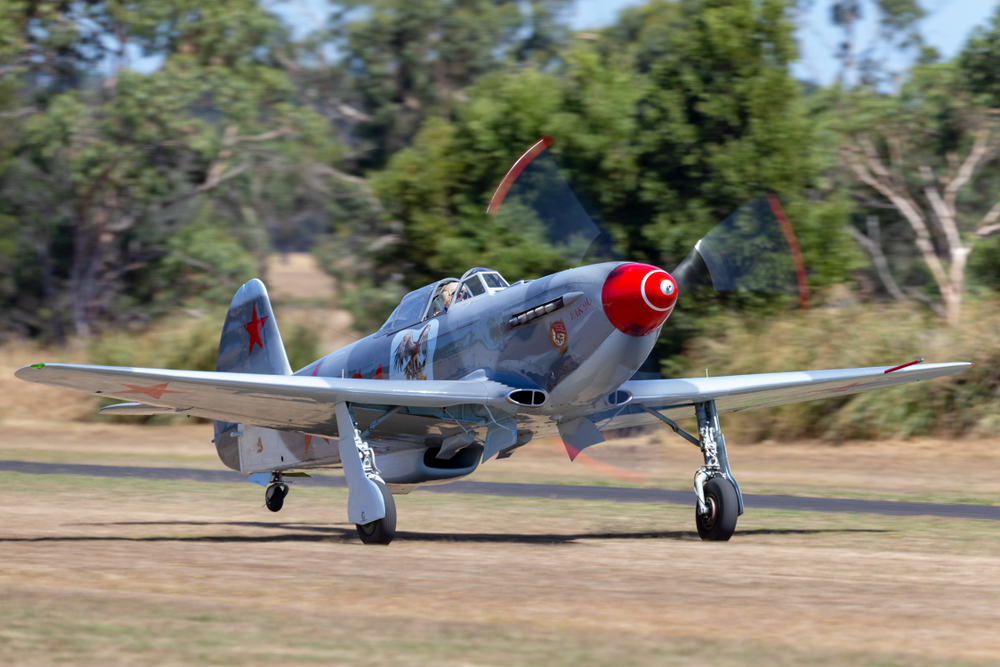
The Yak-9 was a versatile Soviet fighter used extensively on the Eastern Front. Its balance of speed, firepower, and agility made it a favorite among pilots. With a top speed of 370 mph and various configurations, it was effective in multiple roles. Today, operational Yak-9s are rare, with preserved examples mainly in museums dedicated to World War II aviation.
Focke-Wulf Fw 190
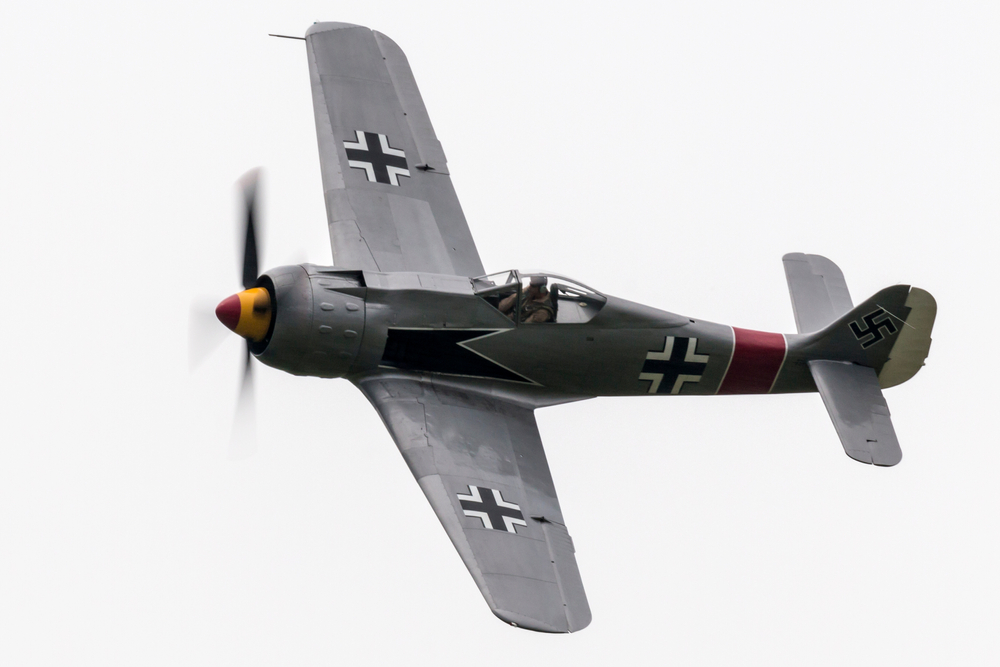
The Focke-Wulf Fw 190 was a highly respected German fighter, known for its ruggedness and powerful BMW radial engine. With a top speed of 426 mph, it was effective in both air-to-air combat and ground attack roles. Its robust design and versatility made it a formidable opponent. Surviving Fw 190s are rare, with few airworthy examples left, making them prized possessions for collectors and museums.
This article originally appeared in MyCarMakesNoise.
More from MyCarMakesNoise
20 Vintage Buses Appreciated by Enthusiasts

Vintage buses hold a special place in the hearts of enthusiasts, offering a nostalgic glimpse into the past with their unique designs and historical significance. Read More
Porsche`s 20 Most Celebrated Models and Their Design Excellence

Porsche is renowned for its exceptional engineering and iconic designs, creating some of the most celebrated models in automotive history. Read More
20 Implications of Regulatory Changes on Fossil Fuel Companies

Regulatory changes can significantly impact fossil fuel companies. Stricter emissions standards and carbon taxes increase operational costs, forcing companies to invest in cleaner technologies or face penalties. Restrictions on drilling and extraction can limit resource availability, affecting supply and profitability. Read More

